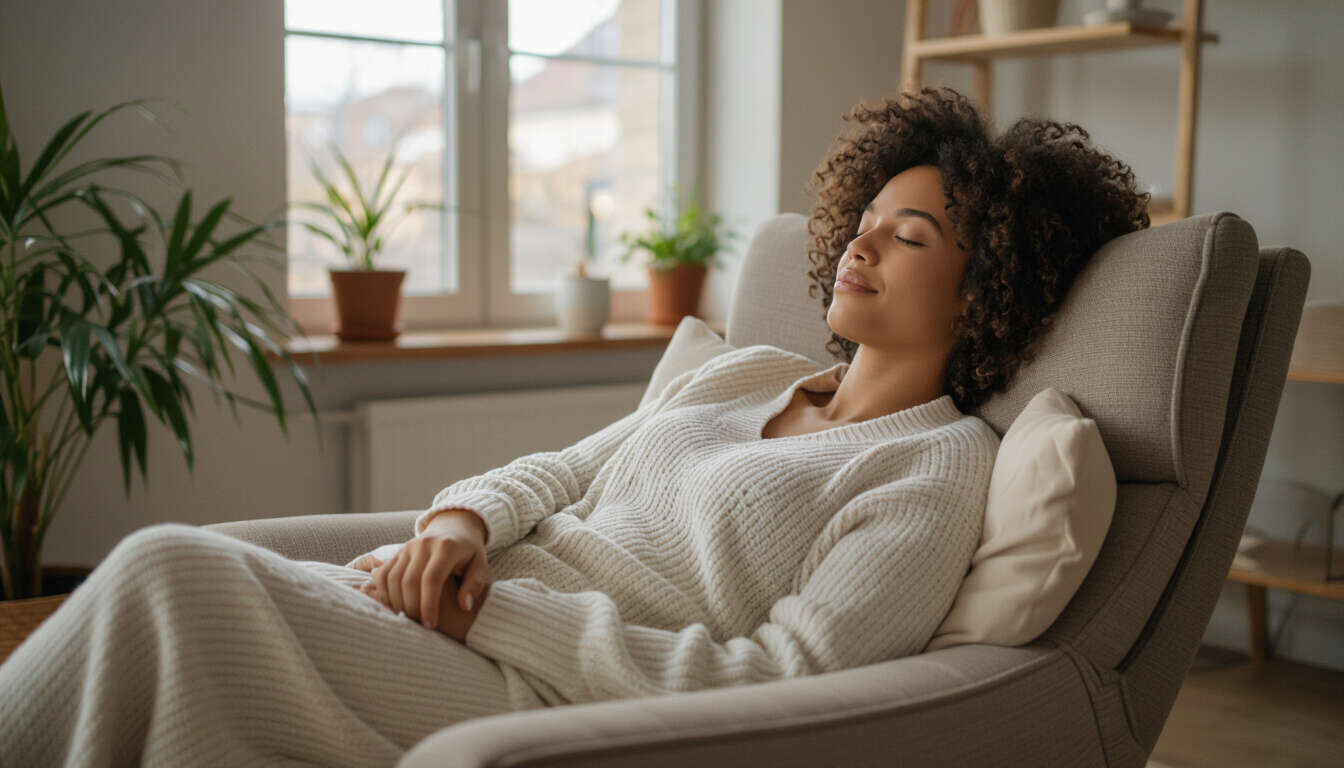The Science Behind Power Naps and Productivity
 by Shanie Goodwin
by Shanie Goodwin
Power naps offer a simple way to boost focus and energy, backed by research. Learn how short rests can enhance memory, reduce fatigue, and improve daily efficiency for professionals and students.

Many people overlook the role of rest in maintaining high productivity levels. Power naps provide a quick way to recharge during the day. Studies show that these short periods of sleep can significantly improve alertness and performance.
One key benefit involves cognitive enhancement. Research from sleep scientists indicates that a nap of 10 to 20 minutes helps restore brain function. For instance, a study published in a leading journal found that participants who napped performed better on memory tests compared to those who did not rest.
Incorporating naps into a routine requires some planning. Aim for a quiet space where interruptions are minimal. Set an alarm to avoid oversleeping, which could lead to grogginess.
For busy professionals, this strategy can make a noticeable difference. A review of workplace studies suggests that employees who take brief naps report higher levels of concentration and fewer errors in tasks. Students can also benefit, especially during intense study sessions, as it aids in information retention.
Why Short Naps Work
Short naps work by addressing sleep deficits without entering deeper sleep stages. According to experts, the light sleep phase refreshes the mind and reduces stress hormones. This process supports better decision-making and creativity over the day.
Practical tips include timing your nap in the early afternoon, when energy naturally dips. Keep the duration under 30 minutes to prevent entering slow-wave sleep, which might cause disorientation upon waking.
Real-World Applications
In various settings, productivity gains from naps are evident. For example, some companies have introduced nap rooms, leading to improved employee output. Individuals seeking better focus can experiment with this approach alongside other rest techniques.
To maximize effects, combine naps with healthy habits like balanced meals and regular exercise. Over time, consistent use can lead to sustained improvements in daily efficiency.
Ultimately, embracing short rests as part of a productivity plan offers a straightforward, evidence-based method for anyone looking to optimize their routine.
